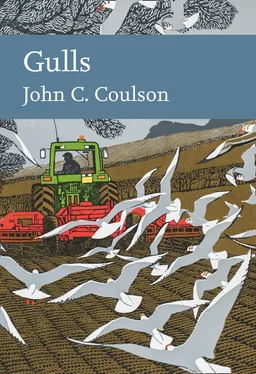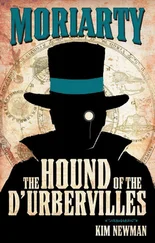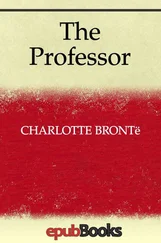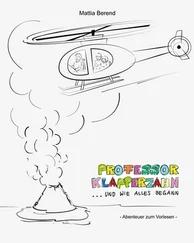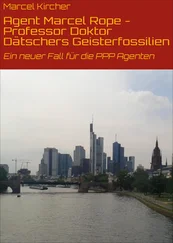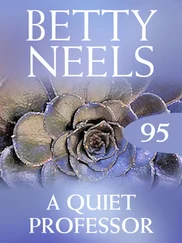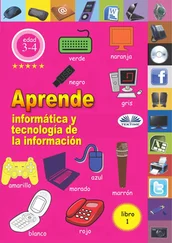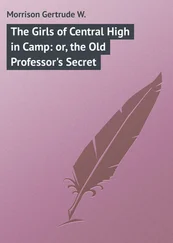I owe a great deal to the BTO, not only for the ringing scheme they manage so efficiently, but also for the extensive data they have collected. When I first had contact with the BTO in the early 1950s, it had a small office at the top of a set of outside stairs in a side street in Oxford, with a single salaried member of staff, Dr Bruce Campbell. Here, I acknowledge the trust’s willingness to allow me to reproduce maps of ringing recoveries of gulls and to use the most recently available maps of the breeding season distribution of gulls in Britain and Ireland in 2007–11.
Many people have offered photographs for inclusion in the book, and these have all been credited in the captions. In particular, I thank Nicholas Aebischer, Pep Arcos, Rob Barrett, Colin Carter, Becky Coulson, Anthony Davison, Alan Dean, Andrew Easton, Phil Jones, John Kemp, Mark Leitch, Fred van Olphen, Daniel Oro, Mike Osborne, Viola Ross-Smith, Steven Seal, Charles Sharp, Michael Southcott, Brett Spencer, Norman Deans van Swelm, Thermos (fi.wikipedia), Dan Turner and an anonymous photographer for their photographic help and willing permission to allow their excellent images to be included in this book.
The extensive data set on British seabirds now archived and maintained by the Joint Nature Conservancy Council and readily accessible online is a valuable asset and source of information. My thanks also go to Natural England for granting a freedom of information request concerning culls and licences issued to collect gull eggs.
Help and information have been supplied by many, in particular Nicholas Aebischer, David Baines, Robert Barrett, Peter Bell, Richard Bevan, Tim Birkhead, Bill Bourne, Joanna Burger, David Cabot, Kees Camphuysen, Colin Carter, Keith Clarkson, Ian Court, J. B. Cragg, Francis Daunt, Ian Deans, Greg Douglas, Andy Douse, Steve Dudley, Tim Dunn, George Dunnet, Andrew Easton, Julie Ellis, Mike Erwin, Sheila Frazer, Bob Furness, Michael Gochfeld, Thalassa Hamilton, Gill Hartley, Scott Hatch, Martin Heubeck, Grace Hickling, Keith Houston, Jon Jonsson, Heather Kyle, Susan Lindsay, Roddy Mavor, Jim Mills, Ian Nisbet, Daniel Oro, Ian Patterson, Ray Pierotti, Jean-Marc Pons, Julie Porter, Dick Potts, Richard Procter, Chris Redfern, Jim Reid, Sam Rider, Peter Rock, Robin Sellars, Peter Shield, Robert Swann, Mike Swindells, Martin Taylor, Mike Toms, Andrew Tongue, Mike Trees, Daniel Turner, Sarah Wanless, Matt Wood, Vero Wynne-Edwards, Bernard Zonfrillo and Jan Zorgdrager. Over the years, many others have helped in studies and investigations, and I appreciate the assistance of them all.
I owe a major debt of gratitude to my wife, Becky, for the many ways she has supported and helped my gull studies, solved many computing problems, and given help in preparing and checking the text of this book.
CHAPTER 1 1 An Overview of Gulls 2 Black-headed Gull 3 Mediterranean Gull 4 Common Gull (Mew Gull) 5 European Herring Gull 6 Lesser Black-backed Gull 7 Great Black-backed Gull 8 Black-legged Kittiwake 9 Yellow-legged Gull 10 Little Gull 11 Rare Gulls in Britain and Ireland 12 Methods Used to Study Gulls 13 Urban Gulls 14 Conservation, Management and Exploitation of Gulls Appendices Select Bibliography and Further Reading Species Index General Index About the Author About the Publisher
An Overview of Gulls 1 An Overview of Gulls 2 Black-headed Gull 3 Mediterranean Gull 4 Common Gull (Mew Gull) 5 European Herring Gull 6 Lesser Black-backed Gull 7 Great Black-backed Gull 8 Black-legged Kittiwake 9 Yellow-legged Gull 10 Little Gull 11 Rare Gulls in Britain and Ireland 12 Methods Used to Study Gulls 13 Urban Gulls 14 Conservation, Management and Exploitation of Gulls Appendices Select Bibliography and Further Reading Species Index General Index About the Author About the Publisher
GULLS ARE CONSPICUOUS WEB-FOOTED, long-winged, medium or large seabirds that are readily recognised by the public. Adults are mainly white with shades of grey or black on the mantle and wings. Most species have black wing-tips, some have white ‘mirrors’ within the black areas, but a few species – mainly those restricted to an Arctic breeding distribution – have entirely white wing-tips. In the breeding season, adults of different species either have entirely pure white or very dark (black or brown) heads, and all revert to white heads in the autumn and winter, often with small grey marks behind the eye or grey streaking on the neck.
Gulls are widely known to the public because of their size and the habit of many species to frequent harbours, follow ships, visit landfill sites and visit outdoor areas also frequented by humans, such as seaside resorts, sports fields, beaches, rivers, picnic areas and large car parks at shopping complexes. In recent years, they have become even more familiar in parts of Europe and North America because their numbers have increased and several species have taken to nesting on buildings in urban areas. This habit of urban breeding has developed independently several times in different countries during the twentieth century and has spread rapidly. Urban nesting is now occurring in several species, and has almost certainly arisen through the marked increases in the size of gull populations, coupled with the increased protection given to them over the last century. The presence of gulls in urban areas has been given considerable adverse publicity, including reported cases of adults protecting their unfledged young by diving close to people’s heads, or of gulls snatching food from unsuspecting members of the public. Such reports have resulted in gulls, and particularly the large species, acquiring pest status in certain areas.
EVOLUTION OF GULLS
The Charadriiformes constitutes a single large and distinctive lineage of modern birds, and includes waders, skuas, auks, terns, gulls and a few apparently aberrant species such as jacanas. Although the skuas appear to be similar to gulls, current evidence – including DNA studies – suggests that their ancestry may be nearer to the auks than to gulls.
The lightly built bones of birds associated with flight are fragile and therefore do not often produce good fossil remains. As a result, the evolution of present-day birds is poorly known, and much less so than that of reptiles, fish or mammals. Fossil remains attributable to gulls are particularly scarce. Many of those that have been found have not or cannot be attributed to the presently recognised genera, and certainly not to present-day species. More recently, several fossil bones initially attributed to gulls have been found to belong to other avian groups.
Fossil bones attributed to gulls and possibly members of the genus Larus have been reported both in Europe and the USA from deposits from the Middle Miocene, 20–15 million years ago. The relationship of these fossils to modern-day gulls is unclear; fossilised bird bones are often, and perhaps uncritically, given different specific names to those of currently existing species, ignoring the fact that the bones of a present-day species vary considerably in size according to sex and locality.
TAXONOMY OF GULLS
Initially, gull species were separated and identified on the basis of plumage, skeletal structure and size. In many species, specimens from different geographical areas held in museums and private collections were often named and given subspecies status based on minor differences in size and plumage, but all too frequently this relied on small numbers collected from only a few localities. Many of these named subspecies are still used today and, while the majority are probably justified, others that were described and named many years ago should be re-evaluated using modern techniques and larger samples. Some subspecies have already been rejected on this basis, and it is likely that others will not stand critical re-examination and will also be rejected.
Читать дальше
